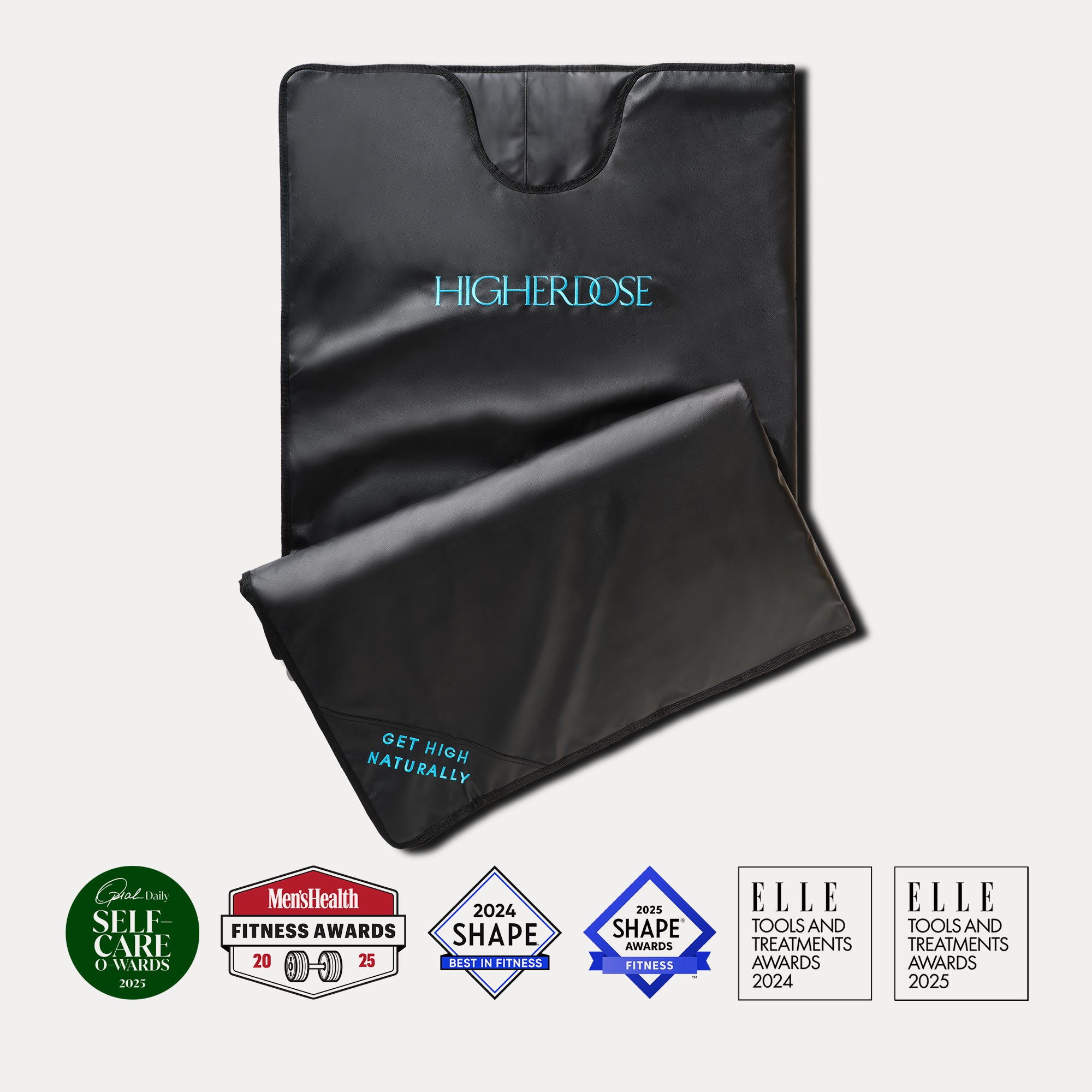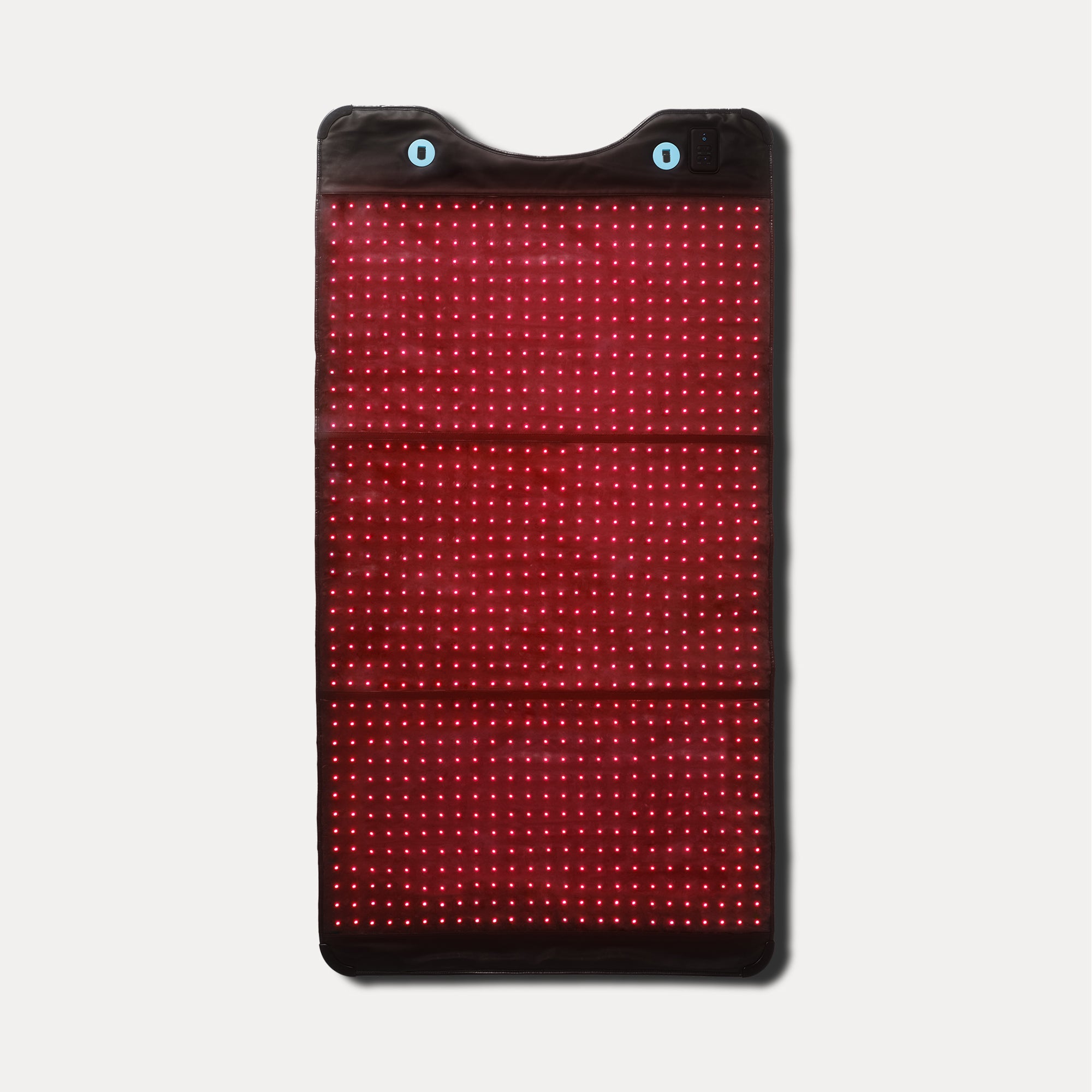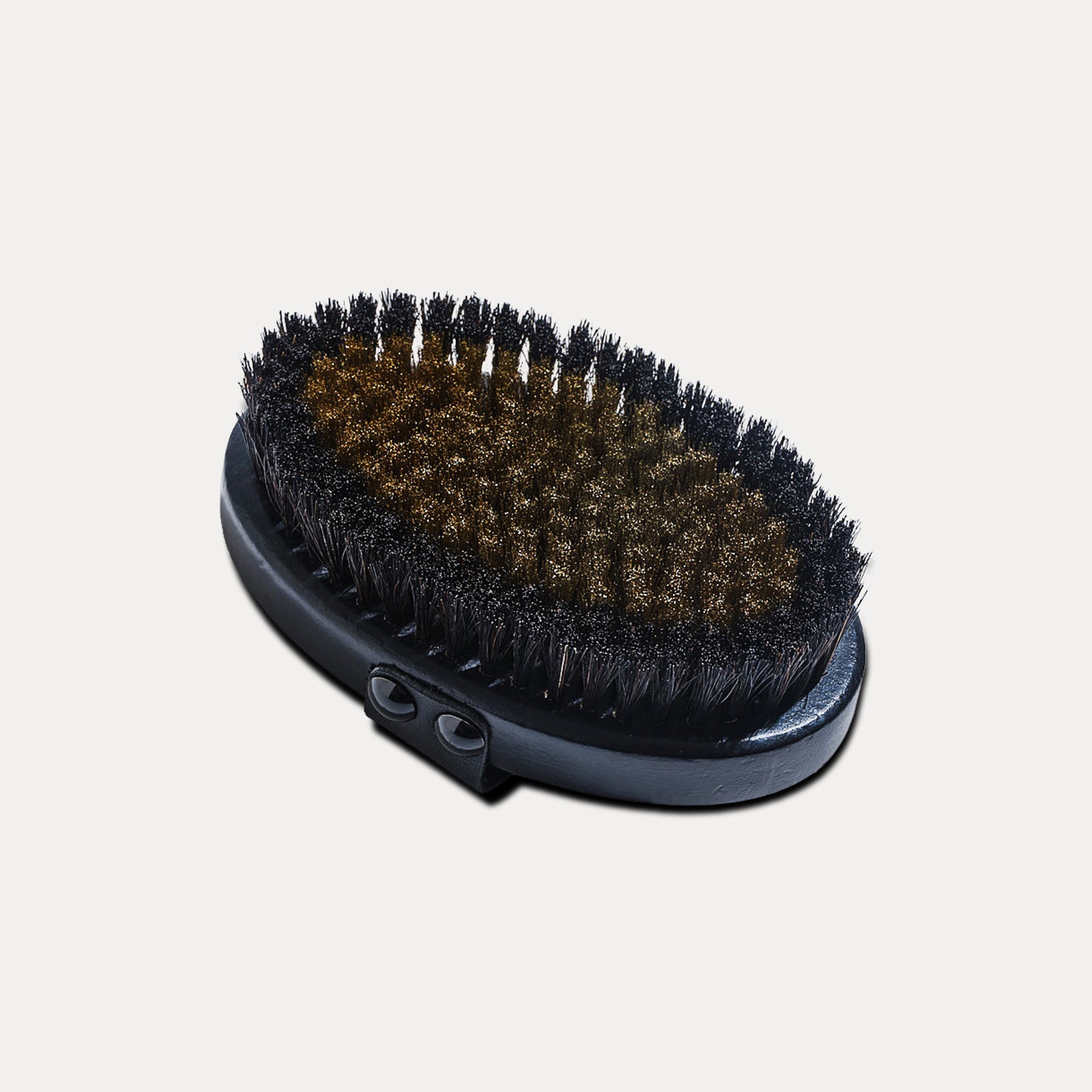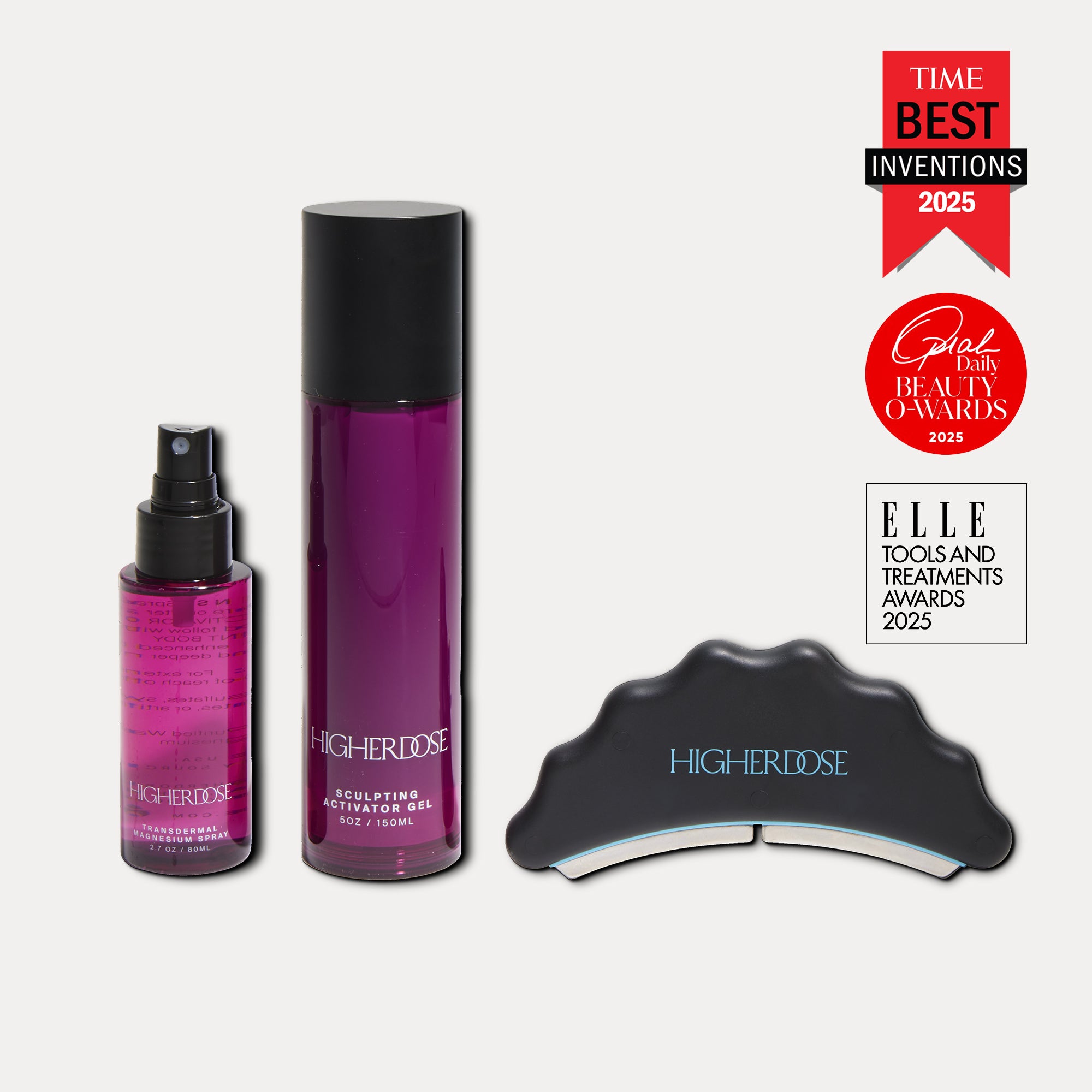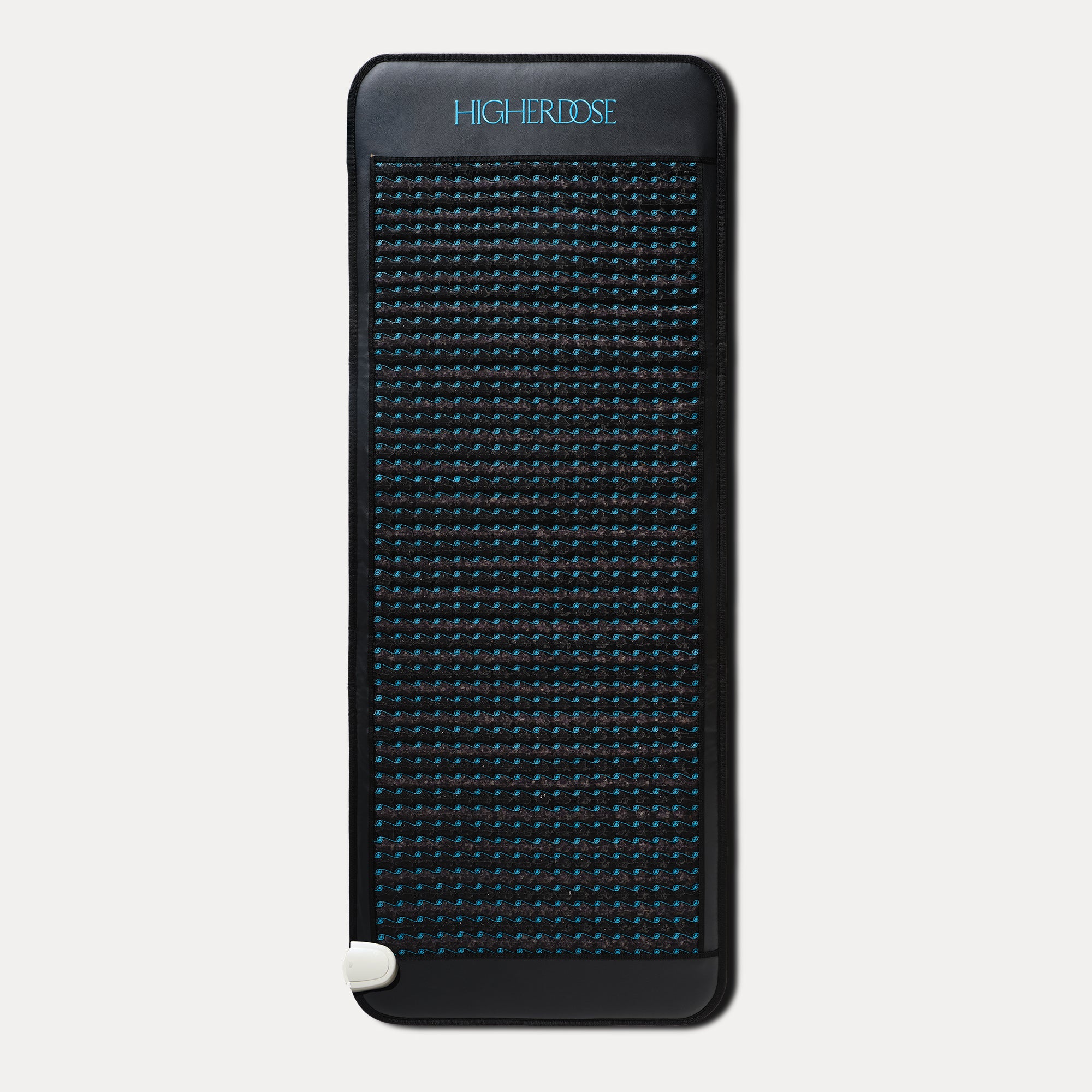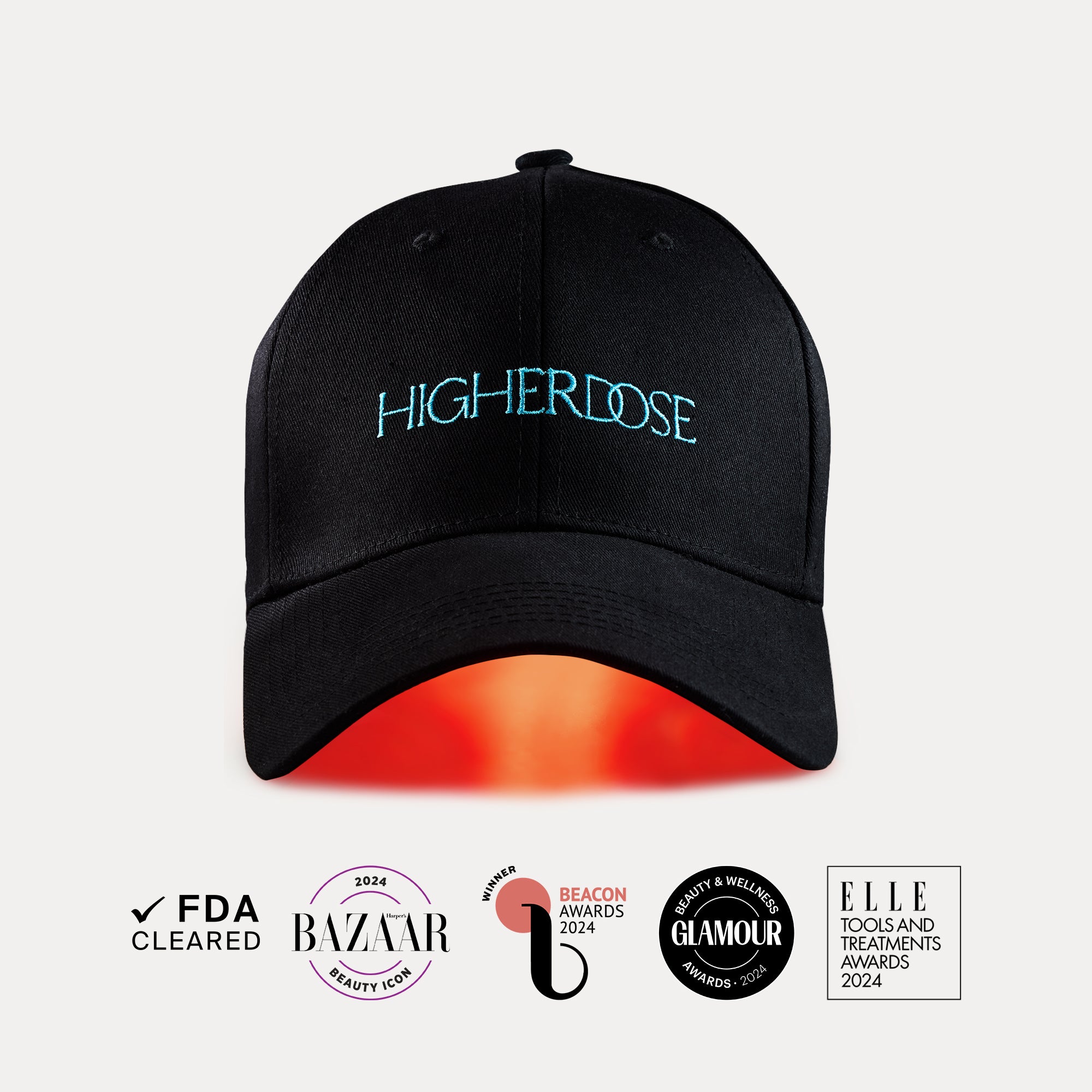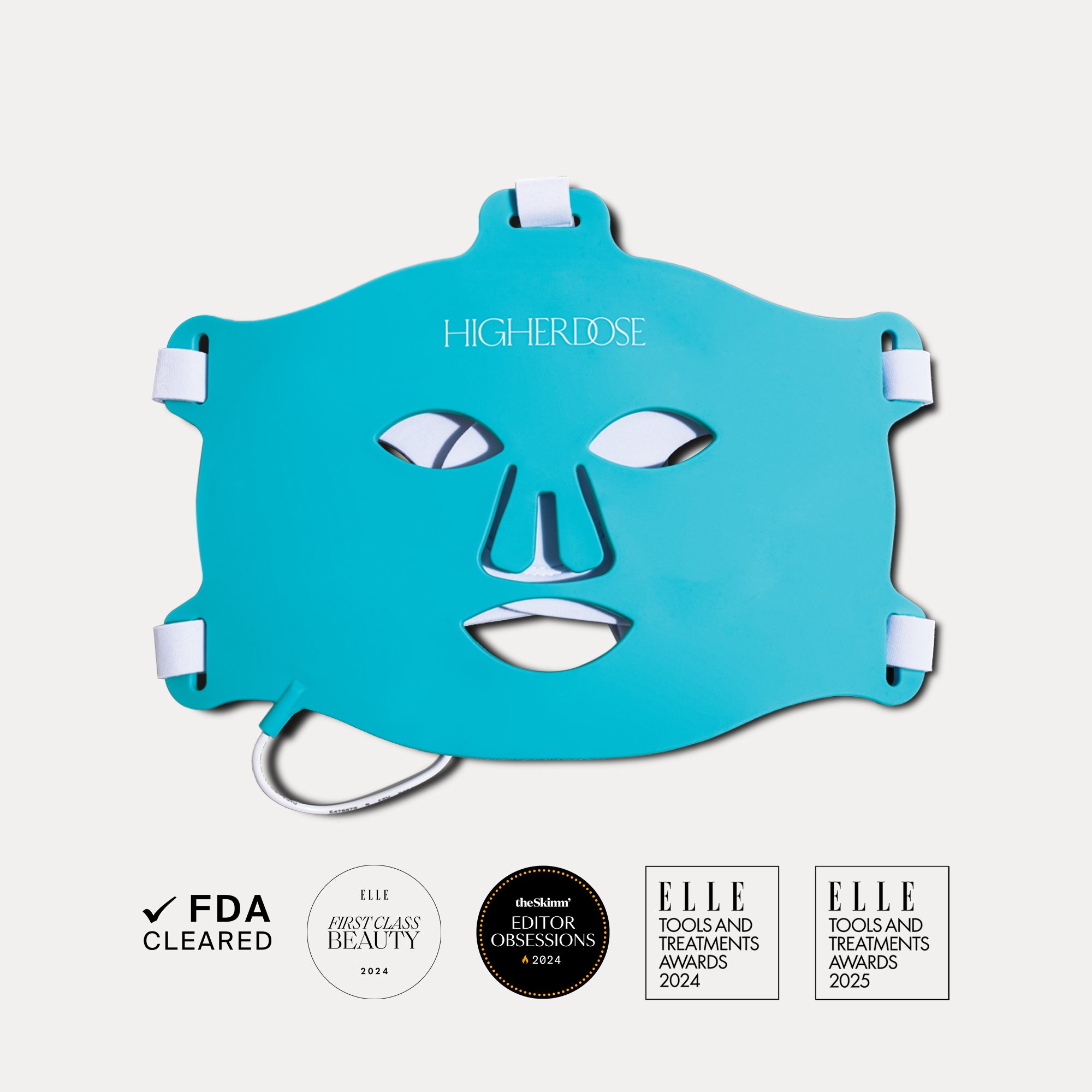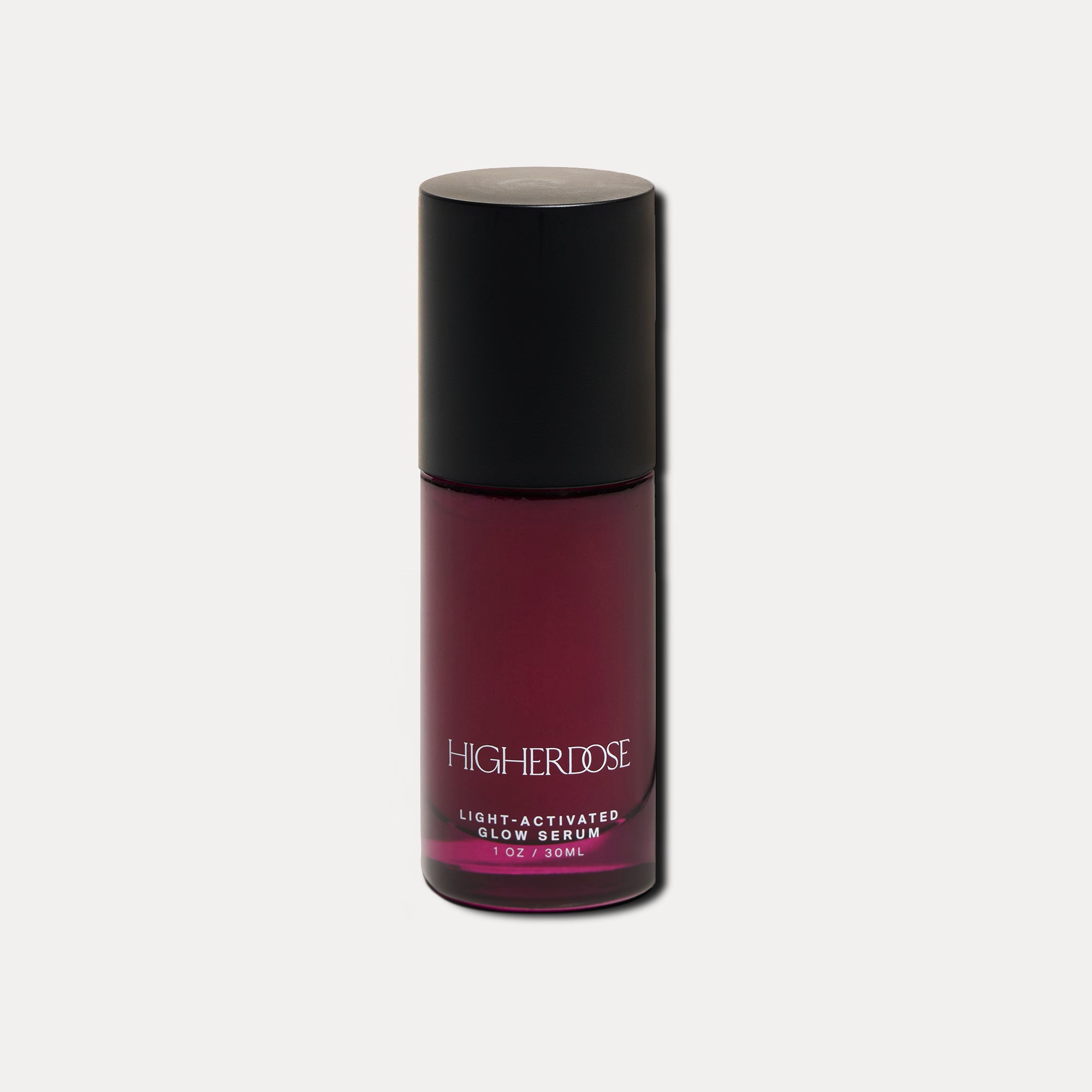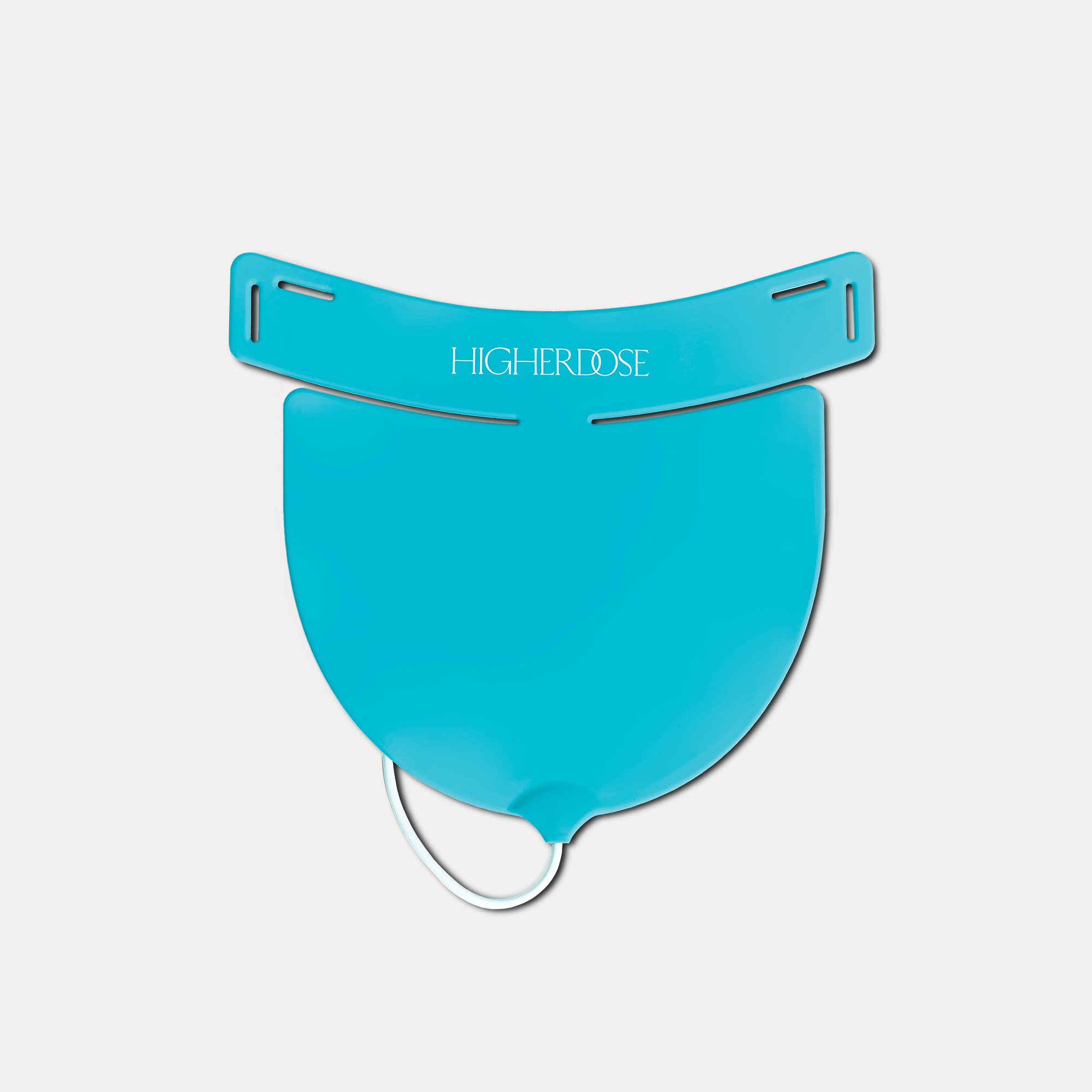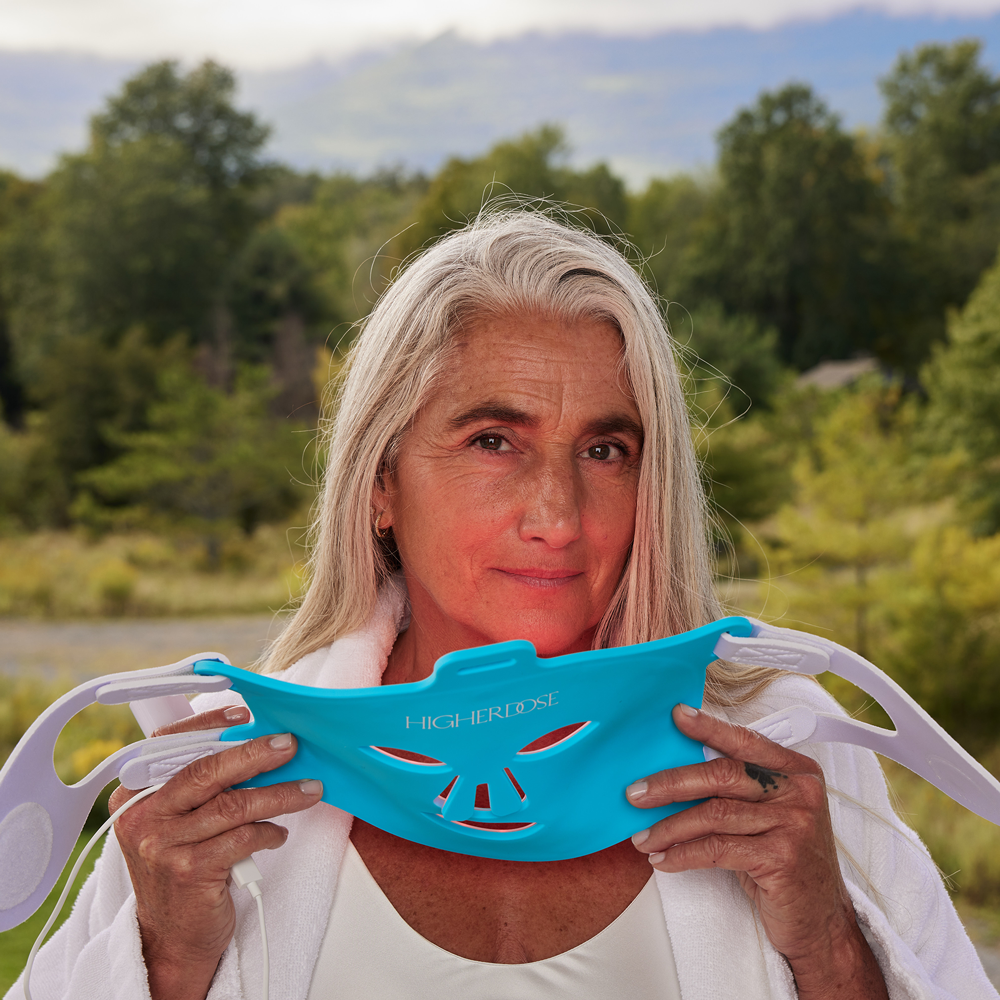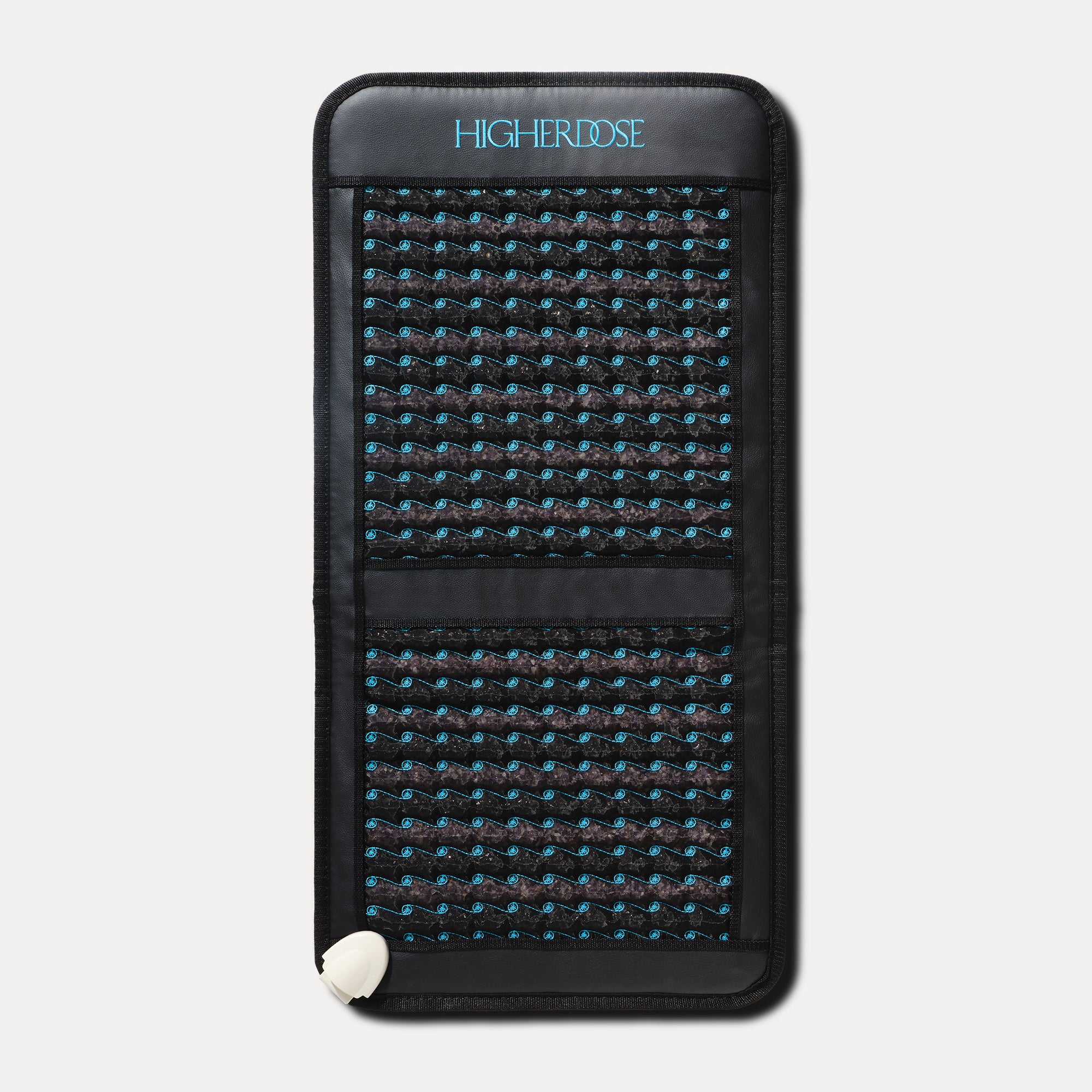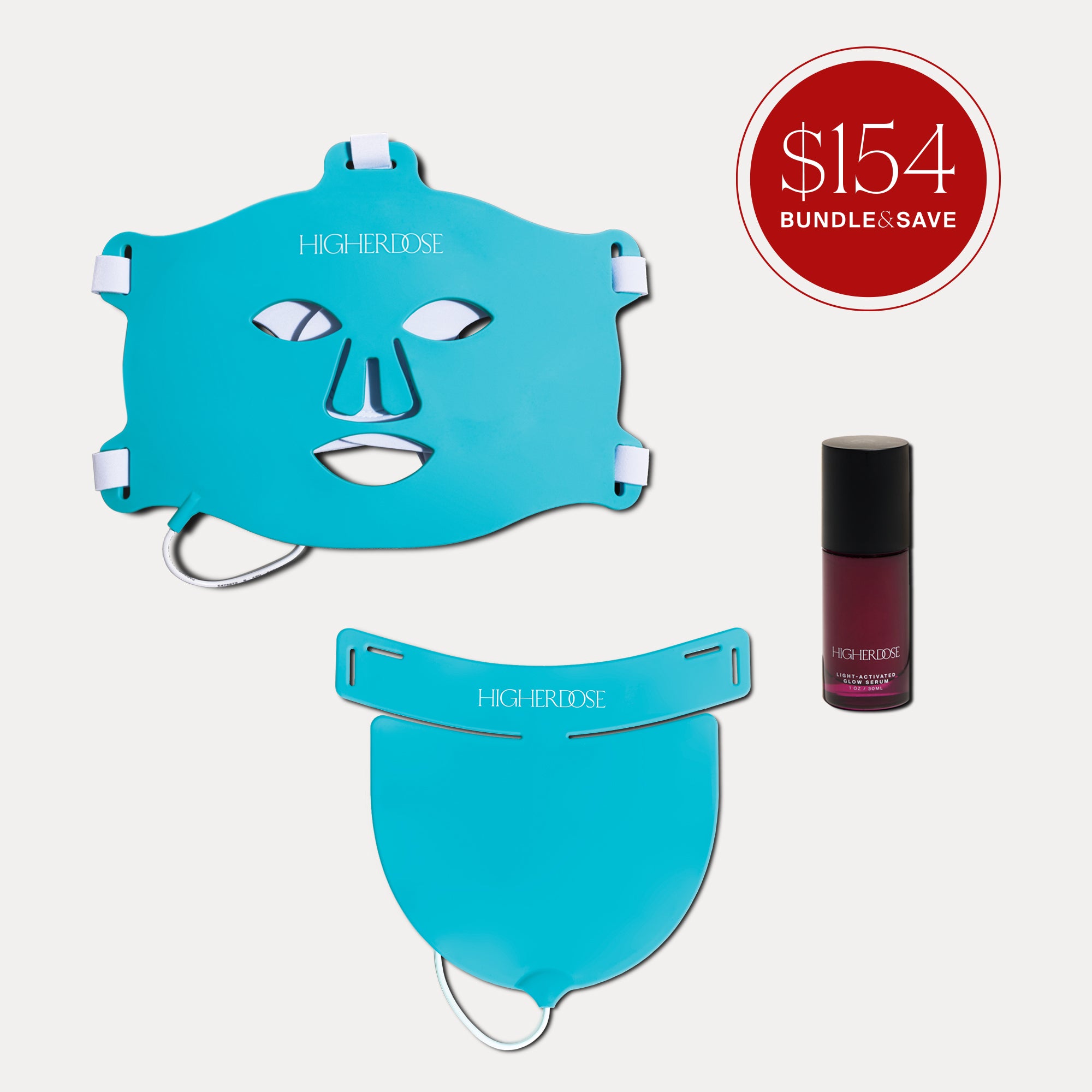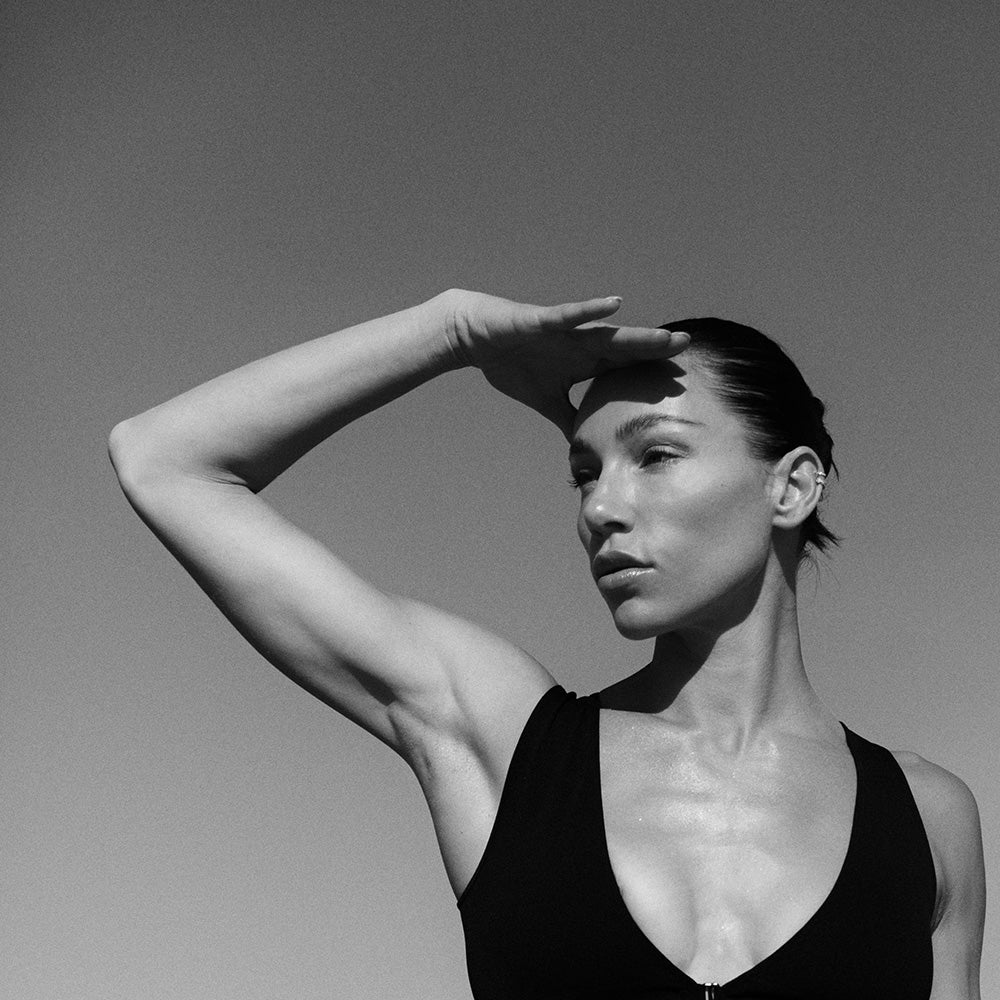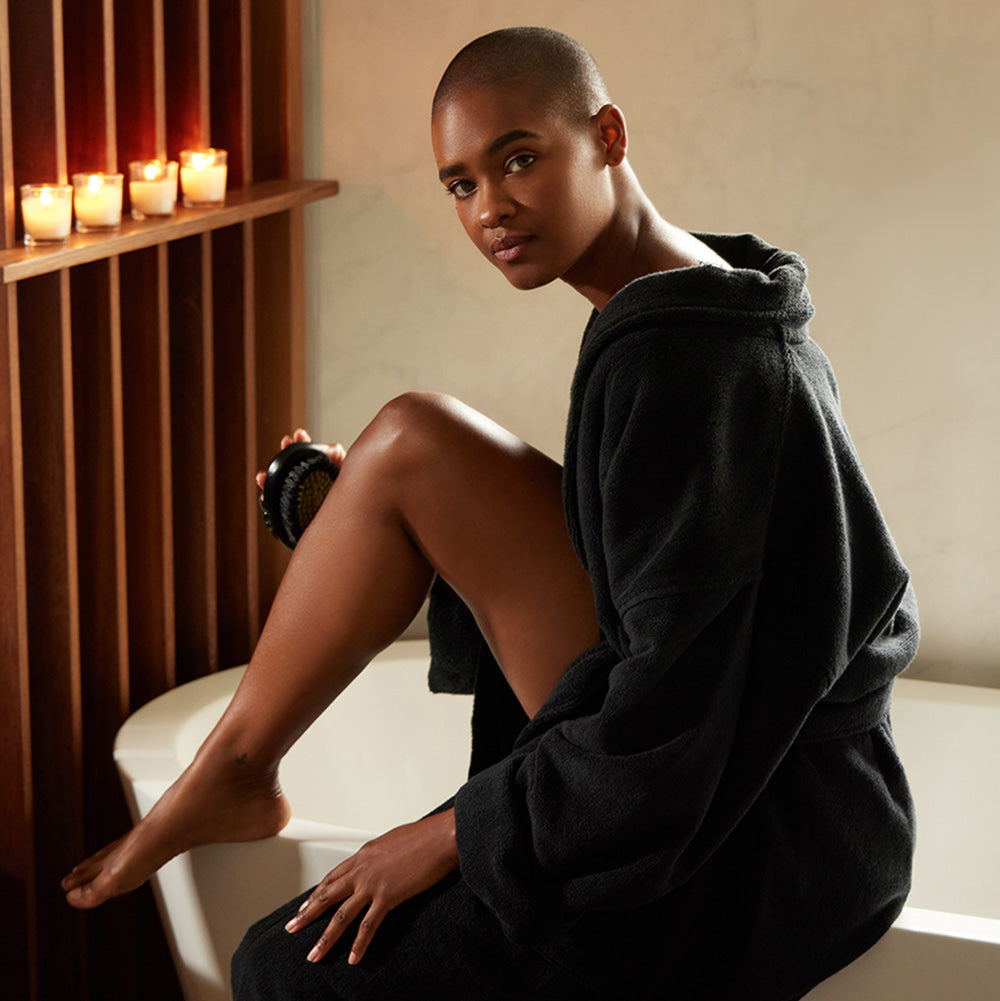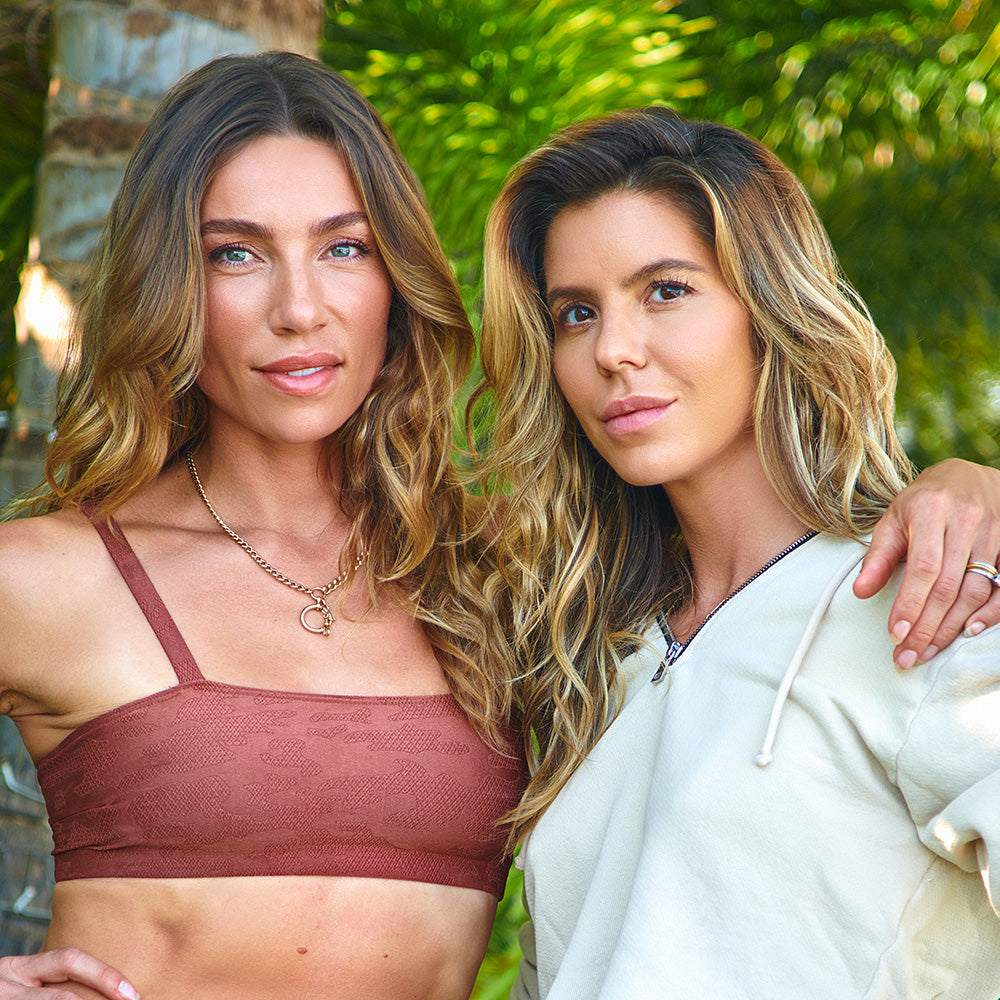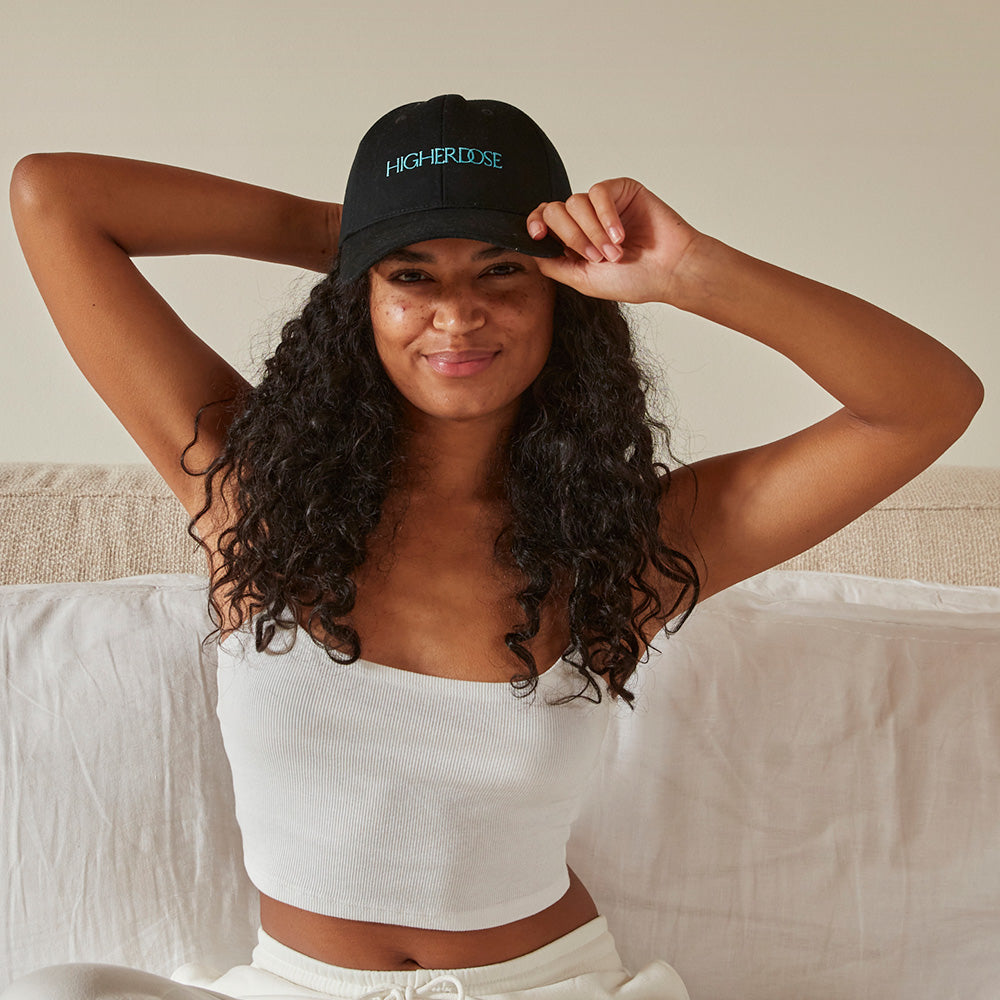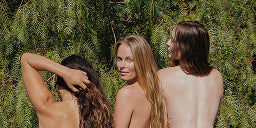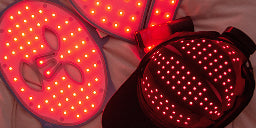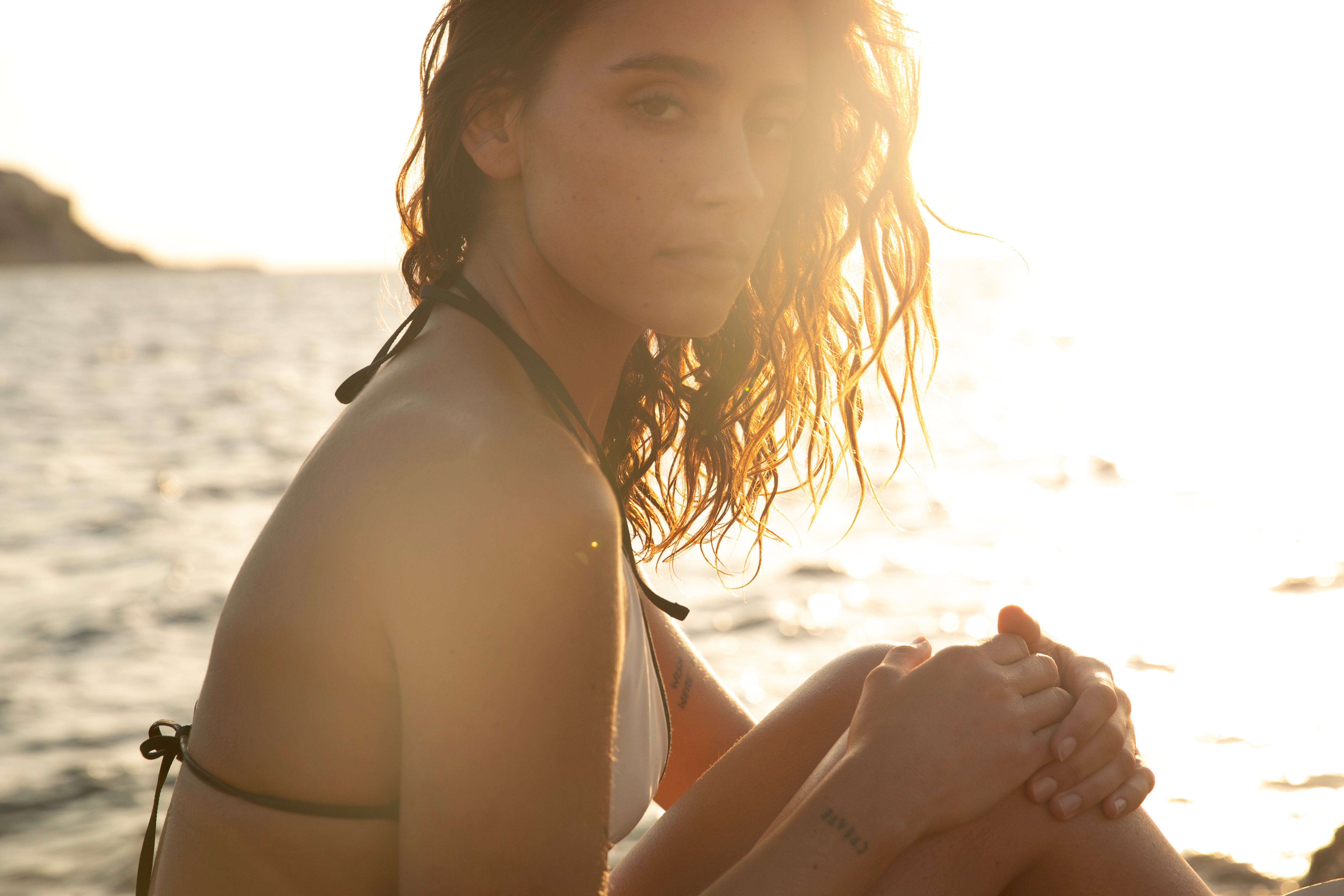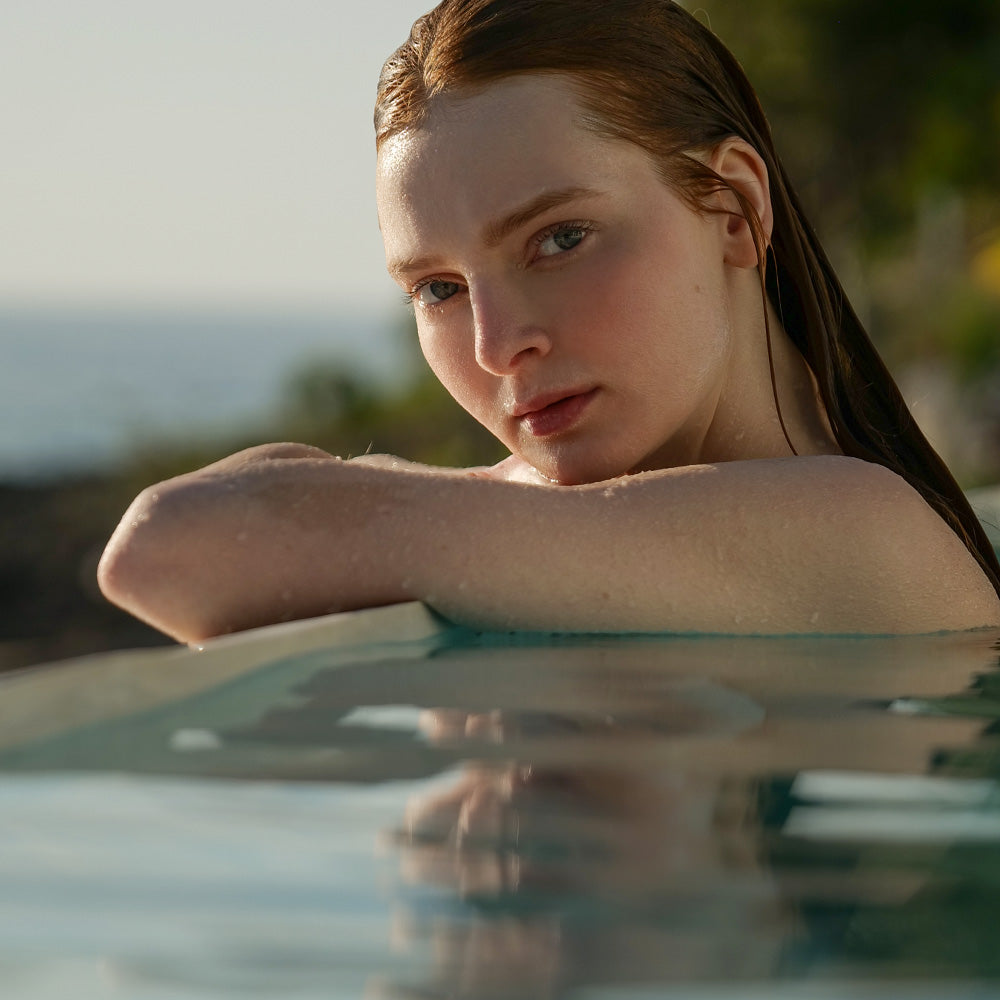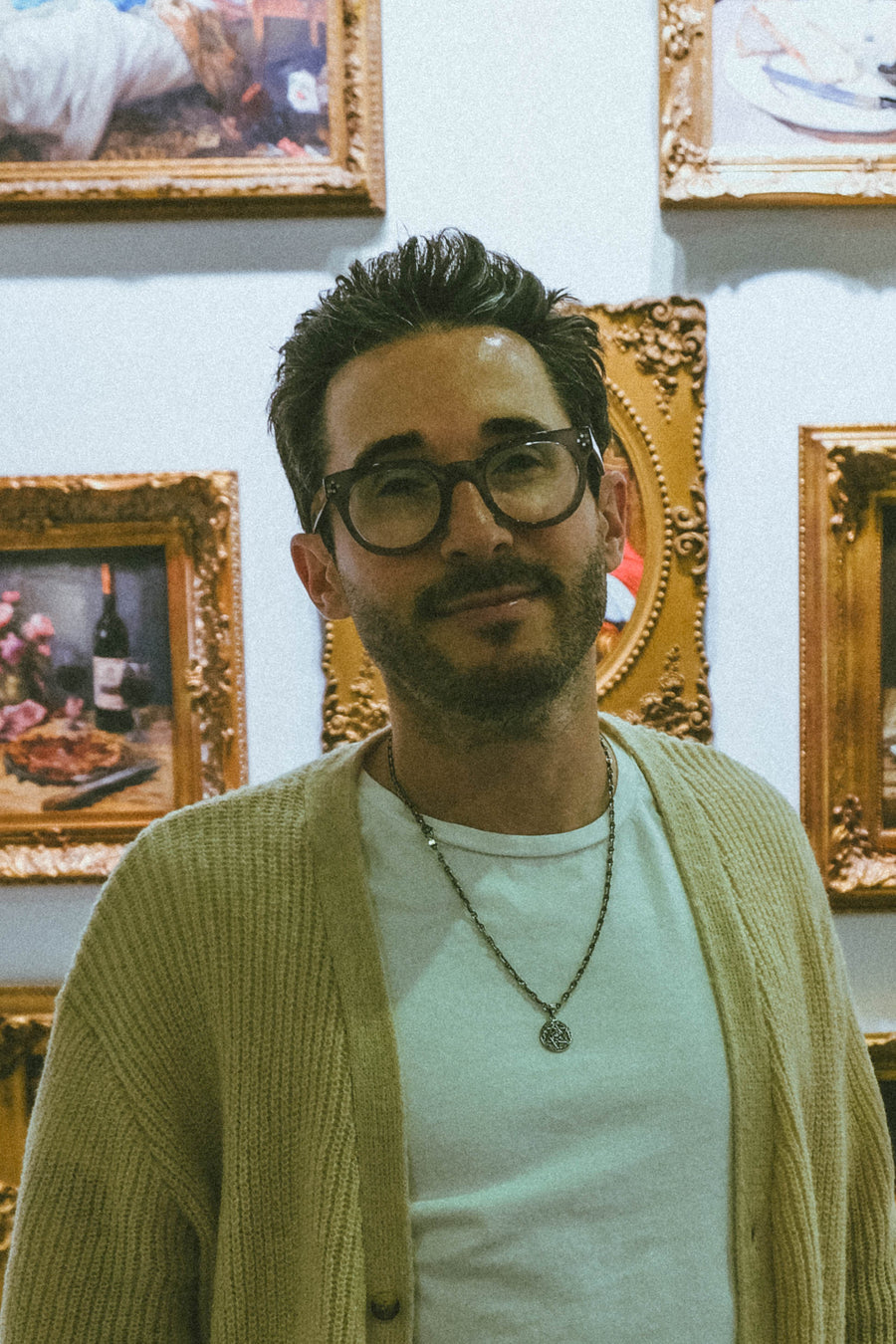
Daniel Cohen on Mental Health, Happy Chemicals, and the Power of Artful Expression
Daniel Allen Cohen is a Miami-based contemporary artist renowned for transforming popular culture into thought-provoking conceptual art. Self-taught and driven by a desire to explore society’s intricacies, Cohen’s work dives deep into themes like fame, addiction, wealth, and modern luxury. His groundbreaking series, "This Is Addictive," reimagined societal vices as elements of a periodic table, cementing his place as a pioneer in merging humor, critique, and culture.
1. Can you share your journey with mental health and mindfulness? How has it influenced your work as an artist?
Mental health and mindfulness have been central to both my personal growth and my artistic journey. Like many creatives, I’ve had to navigate the challenges of staying grounded while pursuing a career that demands constant innovation and self-expression. My work often reflects this journey—exploring themes like addiction, wealth, and societal pressures, all of which are connected to mental health in some way. These concepts force me to look inward, be mindful of my own habits, and use my art as a way to process, question, and express those experiences. Creating art has become both a catharsis and a form of meditation for me.
2. How do you integrate mindfulness into your daily routine to maintain balance and creativity?
Mindfulness for me is about staying present and finding moments of stillness, even amidst a busy schedule. I try to start my day with practices like sunlight, breathwork, cold exposure, sauna, and strength training. Working in the studio is another form of mindfulness for me—when I’m immersed in a project, I feel fully present, allowing creativity to flow naturally. I also make time to disconnect from screens and connect with friends, nature, and meaningful rituals like good meals and Shabbat, all of which help me stay balanced and inspired.
3. What was the inspiration behind creating the Addictive series, and what message do you hope it conveys?
My This Is Addictive series was inspired by our collective obsessions, vices, and passions—whether it’s beauty, money, success, social media, or materialism. These are forces that can both inspire and consume us. I wanted the series to hold up a mirror to society and say: This is what we are addicted to. How does this shape our lives, identity, and happiness? The work isn’t meant to criticize but to encourage people to pause and reflect on the forces driving their choices. I hope it sparks meaningful conversations about what truly brings fulfillment versus what may be fueling unhealthy patterns.
4. What advice would you give to others looking to use creativity as a tool for mindfulness and mental health?
Start small and don’t focus on the outcome. Creativity isn’t about perfection—it’s about having fun, expressing yourself, and giving yourself the freedom to explore. Whether it’s doodling, writing, photography, or even something simple like arranging flowers, find an activity that lets you “tap in,” lose track of time, and be fully present. Embrace the process as a way to connect with your thoughts and emotions. Over time, you may discover just how therapeutic and liberating creativity can be.
5. How can someone find their own creative outlet, even if they don’t consider themselves an artist?
Creativity comes in so many forms beyond traditional art—it could be cooking, gardening, designing a space, or even curating playlists. Think about what excites you or brings you joy, and explore it without worrying whether it’s “artistic” enough. The key is to find something that helps you feel energized or calm, depending on what you need. Start by surrounding yourself with creativity: visit museums, learn about art, watch documentaries on creative individuals and their processes, or spend time with creative people to gain inspiration. You’re a product of your environment, and immersing yourself in creative spaces will help unlock the creative side of your brain.
6. At HigherDOSE, we talk a lot about boosting your “happy chemicals” of DOSE - Dopamine, Oxytocin, Serotonin, and Endorphins. How do you incorporate activities or practices into your life that naturally increase these happy chemicals?
To naturally boost my “happy chemicals,” I incorporate a variety of practices into my daily life. Physical activities like working out, cold exposure, and sauna sessions not only energize me but also help me feel grounded. Breathwork, sunlight, and connecting with nature are essential for resetting my mind and body. Cooking and enjoying healthy meals allow me to care for myself while also celebrating the simple pleasures of life. I find joy and fulfillment in surrounding myself with friends and loved ones, sharing meaningful conversations, and creating lasting memories. Music plays a big role in my life, setting the tone for my day or enhancing moments of relaxation. I also make it a point to celebrate personal milestones and successes, recognizing the goals I’ve achieved as a way to stay motivated and grateful.
7. What tools, rituals, or practices have been most effective for you in enhancing your well-being and creative flow?
A few tools and rituals that have helped me tap into an incredible creative flow state include microdosing psilocybin, coffee, and a little cannabis. Full disclosure: I’ve always done these in low doses and moderation—a little goes a long way. Another simple yet powerful practice is mastering the art of not giving a fck—essentially, practicing patience. Stress and anxiety can easily trigger spikes in cortisol and adrenaline, disrupting creativity and well-being. Learning to let go and give zero fcks has allowed me to reduce stress, stay grounded, and ultimately access a deeper, more consistent creative flow.
